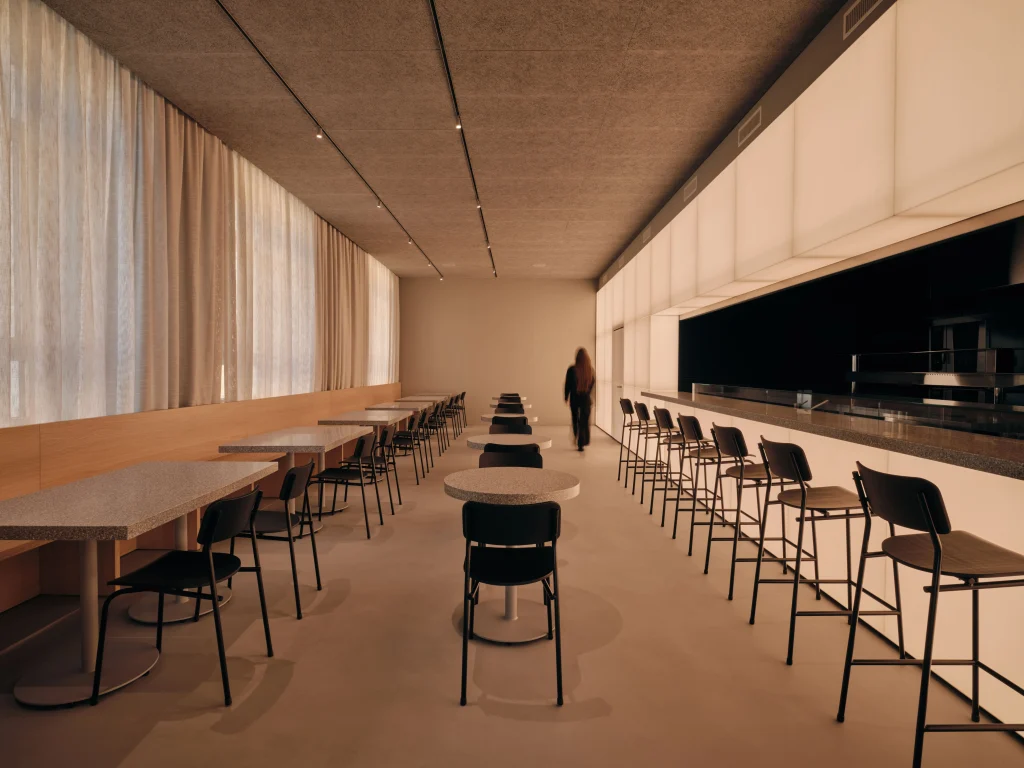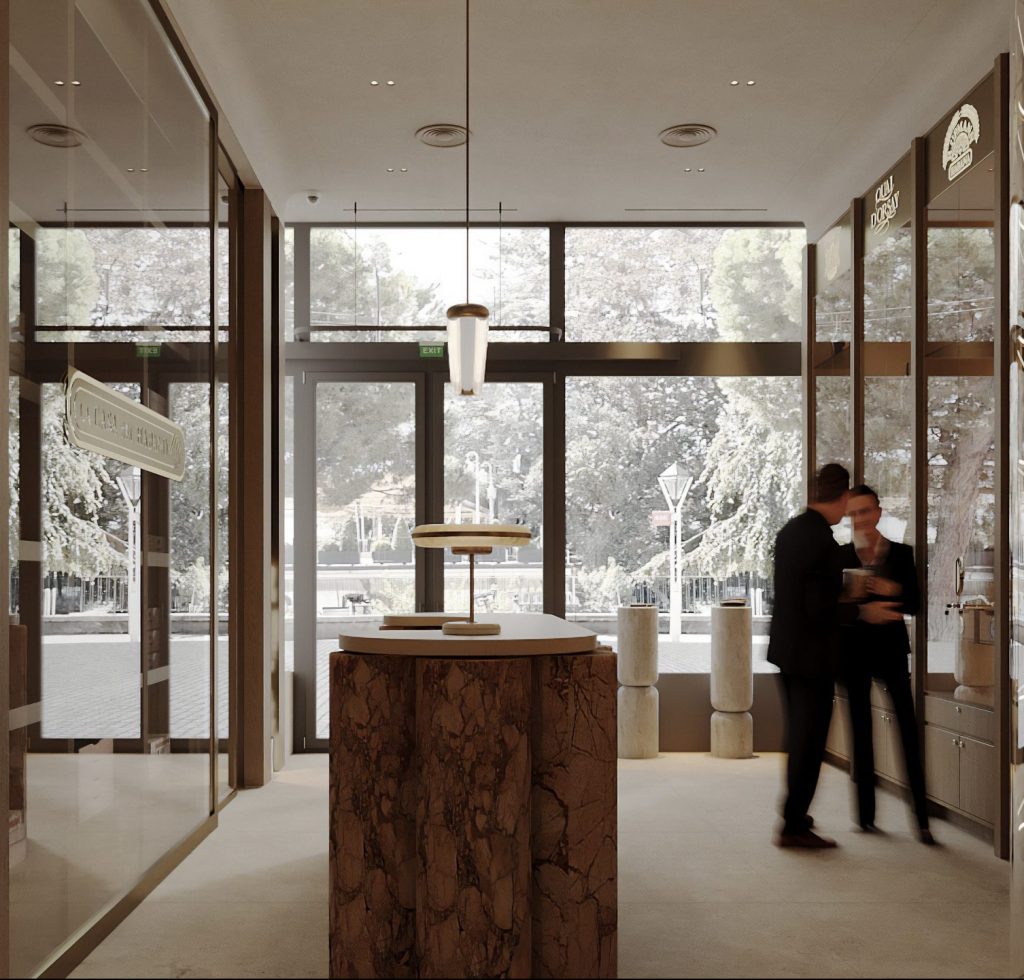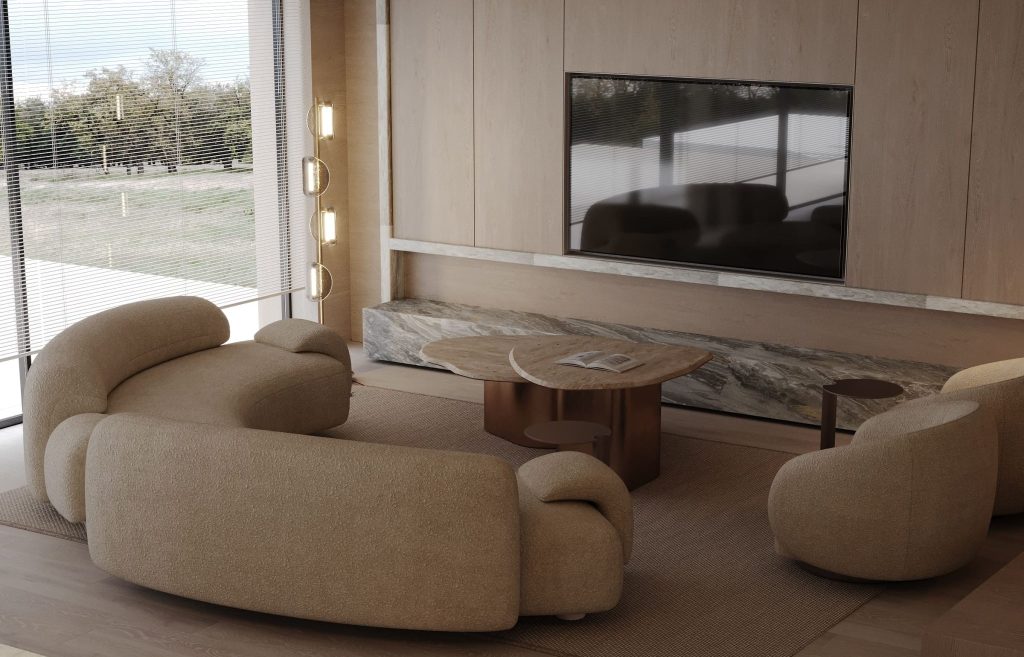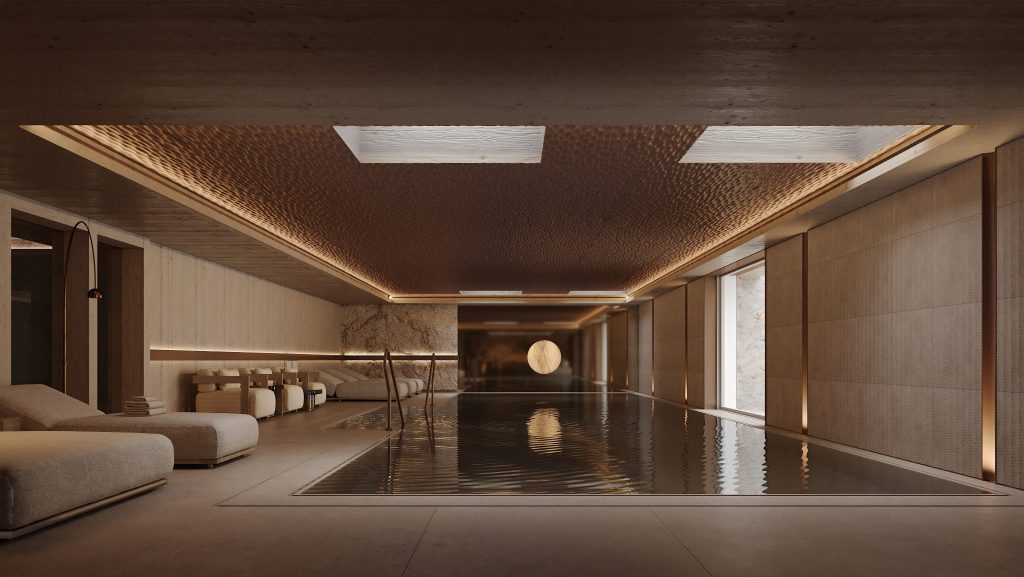The Importance of Lighting in Interior Design: A Key to Transforming Spaces
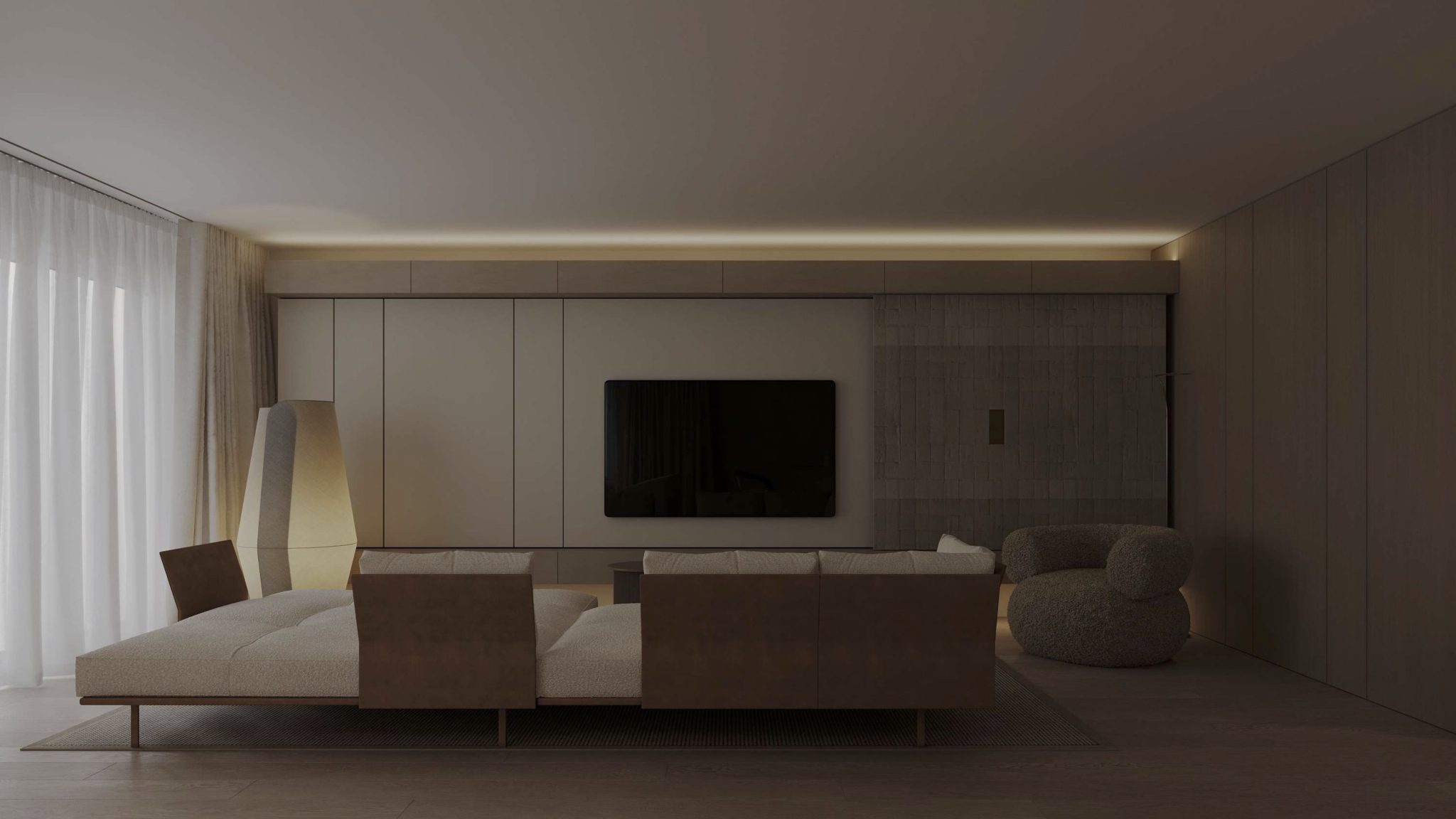
The Role and Importance of Lighting in Interior Design
Lighting, often underestimated, plays a critical role in the rich tapestry of interior design. At the intersection of aesthetics and functionality, it breathes life into a space, unveiling the beauty of textures, colors, and shapes integral to a room. Interior design lighting can establish the mood, define the room's purpose, and accentuate its artistic elements. It grants texture to an otherwise flat image, highlighting the depth and dimension of surfaces, creating shadows that contrast with light-filled areas, and drawing the eye to areas of interest.
A skillful touch of lighting can transform the perception of a space. It can expand a cramped room, soften harsh architectural edges, or imbue an austere space with warmth. With carefully considered brightness, color, and distribution of light, you could, for instance, nurture a serene environment for relaxation or foster a vibrant, energetic one for socialization. In essence, lighting design principles are as imperative as any aspect of interior design, defining our visual and emotional experience of a space.

Understanding the Different Types of Lighting and Their Roles
Delving deeper into the realm of lighting and its significant roles in interior design, it's vital to consider certain diverse types of lighting fixtures for interiors. Each has its unique characteristics and purpose, contributing its own touch to the overall aura and functionality of your space. Moreover, you should mindfully correlate the amount, color, and distribution of light with the activities typically performed in that room.
Task Lighting, for example, is targeted, providing illumination for specific duties like reading or cooking. Positioning of task lights is crucial as it affects visibility and can directly impact task performance. A well-placed desk lamp or under-cabinet kitchen lighting facilitates functionality without straining your eyes.
Meanwhile, Ambient Lighting, also known as general lighting, sets the overall tone of the room. It's like the basic canvas on which you layer other lighting types, creating a holistic lighting plan. Ambient light fixtures could be ceiling-mounted or recessed, washing the room with a comfortable intensity of light that is suitable for general tasks.
Accent Lighting is the spotlight that accentuates specific elements in your room, such as artworks, architectural features, or simply creates depth and shadow for a dramatic effect. Using spotlights, track lights, or wall-mounted fixtures, accent lighting cognizantly draws guests' attention where you want it.
Lastly, Decorative Lighting, or statement lighting, acts as a piece of art itself, adding aesthetic value while enhancing the lighting quotient. Chandeliers, pendant lights, or intricately designed lamps fall into this category, casting enchanting patterns, textures, and colors across your space.
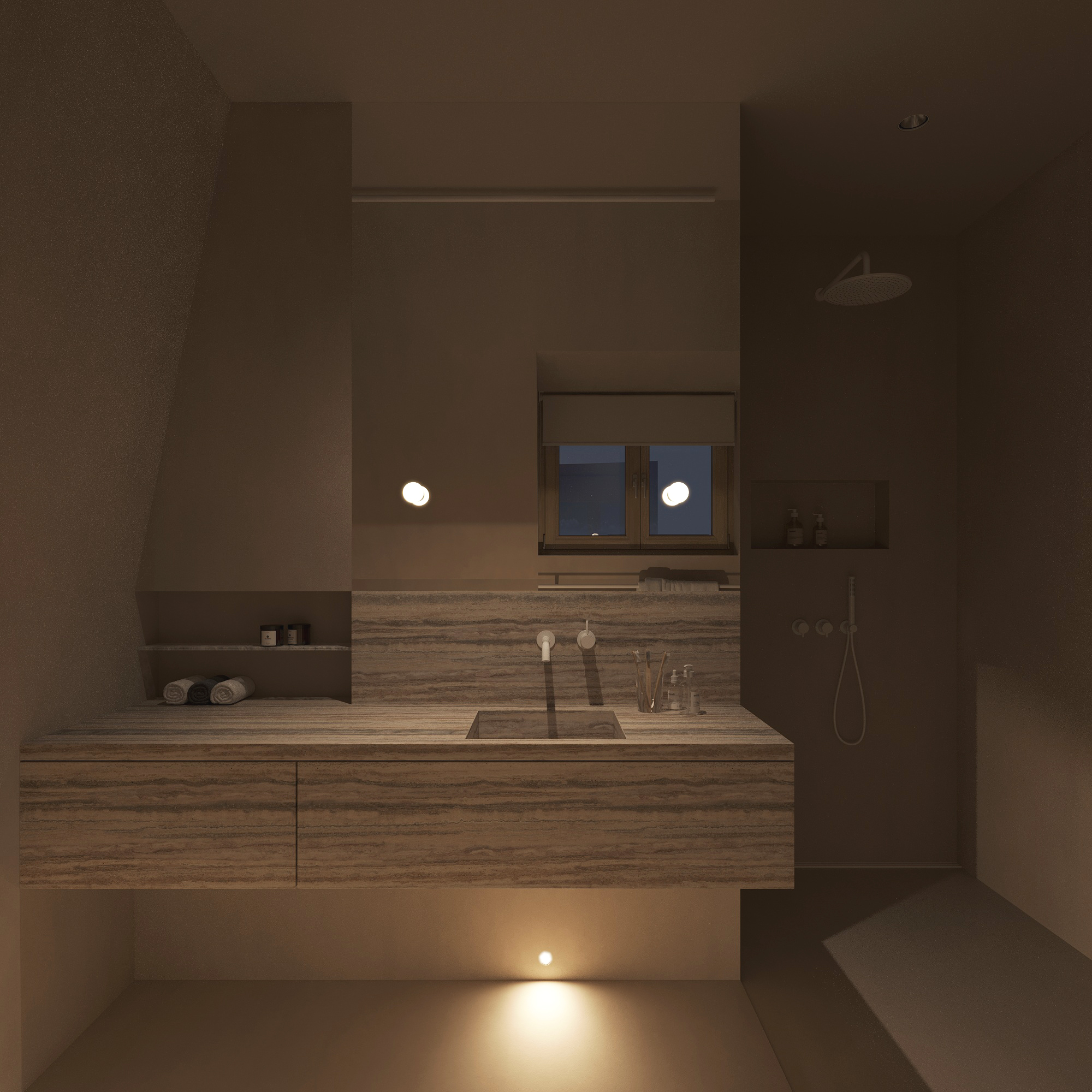
Unlocking the Secrets of Lighting in Interior Design
As you delve deeper into the dominion of interior design, it becomes abundantly clear how essential strategic lighting is to provide an enhanced occupant experience. Lighting design goes beyond supplementing natural daylight with electric light. Regarded as a powerful design tool, it manipulates perception, guides the eye, and sets the rhythm of a space. Indeed, the true magic lies in mastering its qualitative and quantitative aspects.
First, the qualitative aspect of lighting design revolves around making space visually captivating. Drawing attention to some elements while pushing others into the background crafts a theatrical visual hierarchy in your living space. Whether it's a stunning chandelier serving as a piece de resistance in a dining room or an artful lamp subtly highlighting a corner, the way you illuminate your space can significantly affect its focus and aesthetic appeal.
Then there's the quantitative aspect of lighting design: the technical side of how much light is needed and where to place it in specific working or living areas. This dovetails into the concept of 'lumens,' a measure of the total amount of light emitted by a source. For instance, most guidebooks would suggest a minimum of 20-30 lumens per square foot for basic tasks in a residential setting. Remember, every application in your space demands a specific lumen output—ranging from a softer glow in lounge areas to a more potent beam in study or kitchen zones.
Ultimately, understanding and implementing these principles enables you to use lighting effectively in your designs, ebbing and flowing seamlessly with the available daylight to create a balanced illumination throughout the day. It's about turning the mere functional into a decorative element, employing a layering technique with different types of light to augment the atmosphere, and orchestrating how these elements work together to paint a harmonious symphony of illumination.

Setting the Tone: How Lighting Affects Mood and Ambience
Just as a movie director uses lighting to create a particular mood, you can employ the power of illumination to evoke specific feelings in a room. The impact of lighting on ambiance in the home is often underestimated. In the realm of interior design, lighting is not merely functional - it has the power to influence our emotions and shape our perceptions of space. Courageously experimenting with various light intensity levels, color temperatures, and placement can transform an ordinary room into a breathtaking haven. For instance, a dimmable chandelier over the dining area can help establish a warm, relaxed atmosphere during intimate gatherings or a festive, lively one during celebratory events.
One crucial aspect to consider in lighting design is the color perception. Admittedly, the interplay of light and color exceedingly affects the ambiance of a room, incorporating transformative lighting solutions. For instance, cooler light tones, which resemble the soft morning sunshine, evoke an energizing vibe ideal for workspaces, while warmer tones reminiscent of sunset hues tend to inspire a soothing, homely vibe suitable for bedrooms or lounges.
It's also important to accentuate how lighting can drastically influence various aspects such as satisfaction, visibility, and task performance, enhancing spaces with lighting. A well-planned lighting design that judiciously utilizes both natural and electrical light is capable of enhancing the occupant's experience. Whether facilitating the seamless performance of daily tasks or creating a restful ambiance during downtimes, a thoughtfully illuminated space is an absolute delight to the senses. In this vein, lighting effects in interior design play a crucial role. Choosing lighter colors for your wall surfaces can significantly contribute towards minimizing the necessity for artificial lighting, therefore boosting energy efficiency while maintaining the desired aesthetic charm.
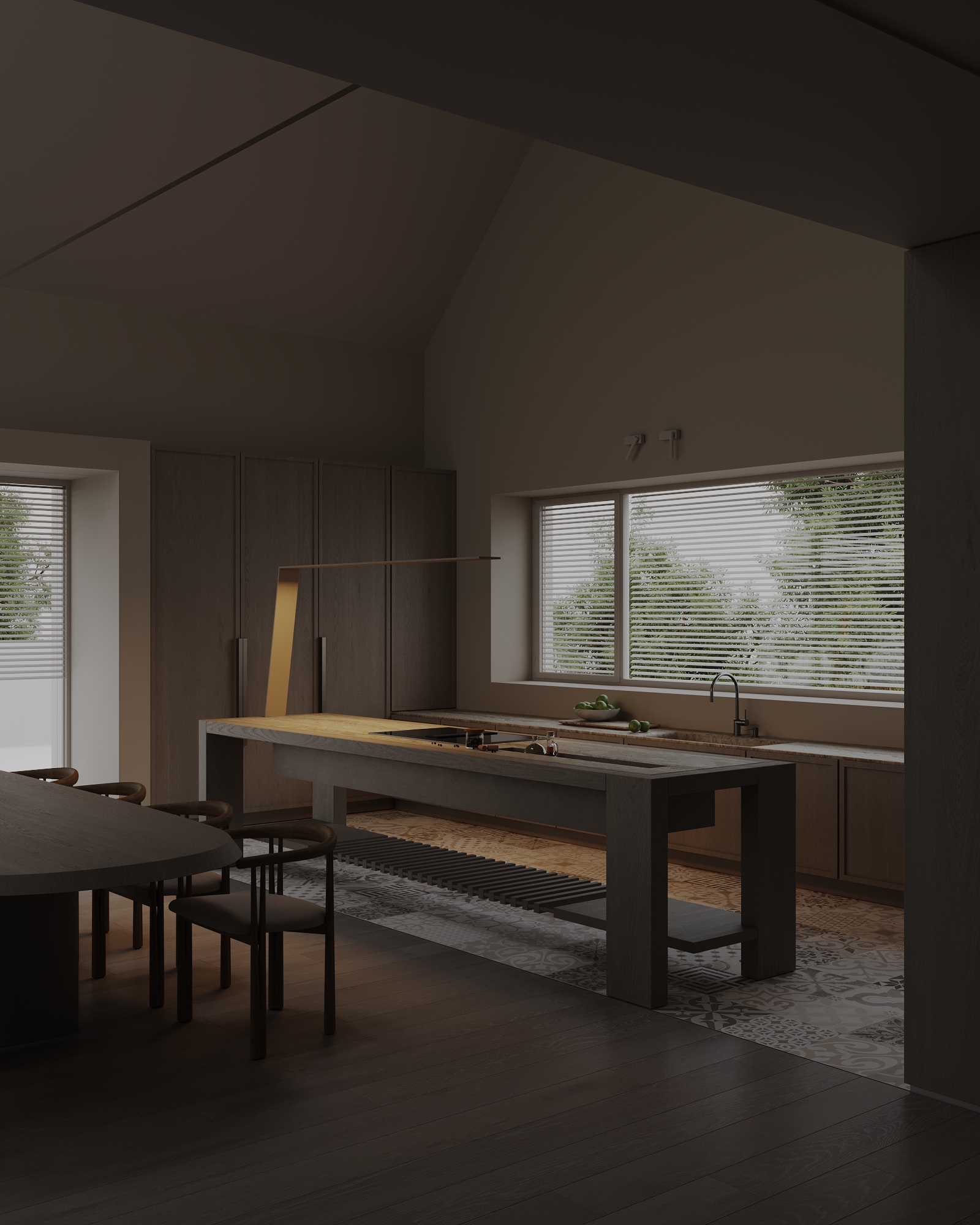
Layering Light: The Key to a Well-Lit Space
Layering light is indeed the cornerstone of a well-lit room. It's not just about filling a space with light; it's about using light strategically to emphasize design elements, set the mood, and create a functional lighting design. To successfully apply this principle, think of lighting as you would any other design element, using it to bring depth, texture, focus, and perspective to your space.
The first layer to consider is ambient lighting. This provides general illumination, bathing your rooms in a comfortable, diffused light. This type of light is wholly functional, and it may come from both natural and electrical sources. Maximize the use of daylighting through thoughtful placement of windows, skylights, and reflective surfaces. And for artificial sources, consider large fixtures, such as chandeliers and recessed lights. Choose light colors for wall surfaces to augment the natural light, minimizing the need for artificial lighting.
Next, add the accent layer. Accent lights are used to bring focus to the room’s key design elements. They can highlight a piece of artwork, unique architectural features, or even an interesting wall texture. Cove lighting, for example, highlights architectural features and sheds indirect ambient light into the room, subtly enhancing the décor.
The final layer is task lighting. As the name suggests, this layer supports specific tasks—reading, cooking, working, etc. Desk lamps, under-cabinet lights, and vanity lights are common examples of task lighting. The goal here is to enhance visibility and make the task comfortably achievable.
To achieve an energy-efficient lighting design, you can incorporate basic methods such as using LED bulbs, having motion sensor lights in seldom-used areas, utilizing dimmer switches to control light intensity, and carefully considering light placement to reduce unnecessary fixtures.
Remember, an integrated approach between natural and electrical light truly brings a space to life, enhancing the occupant experience. So, take your time to layer the light well, following these outlined steps. With a thoughtful approach, you can illuminate your space perfectly, striking a magnificent balance between form and function.
